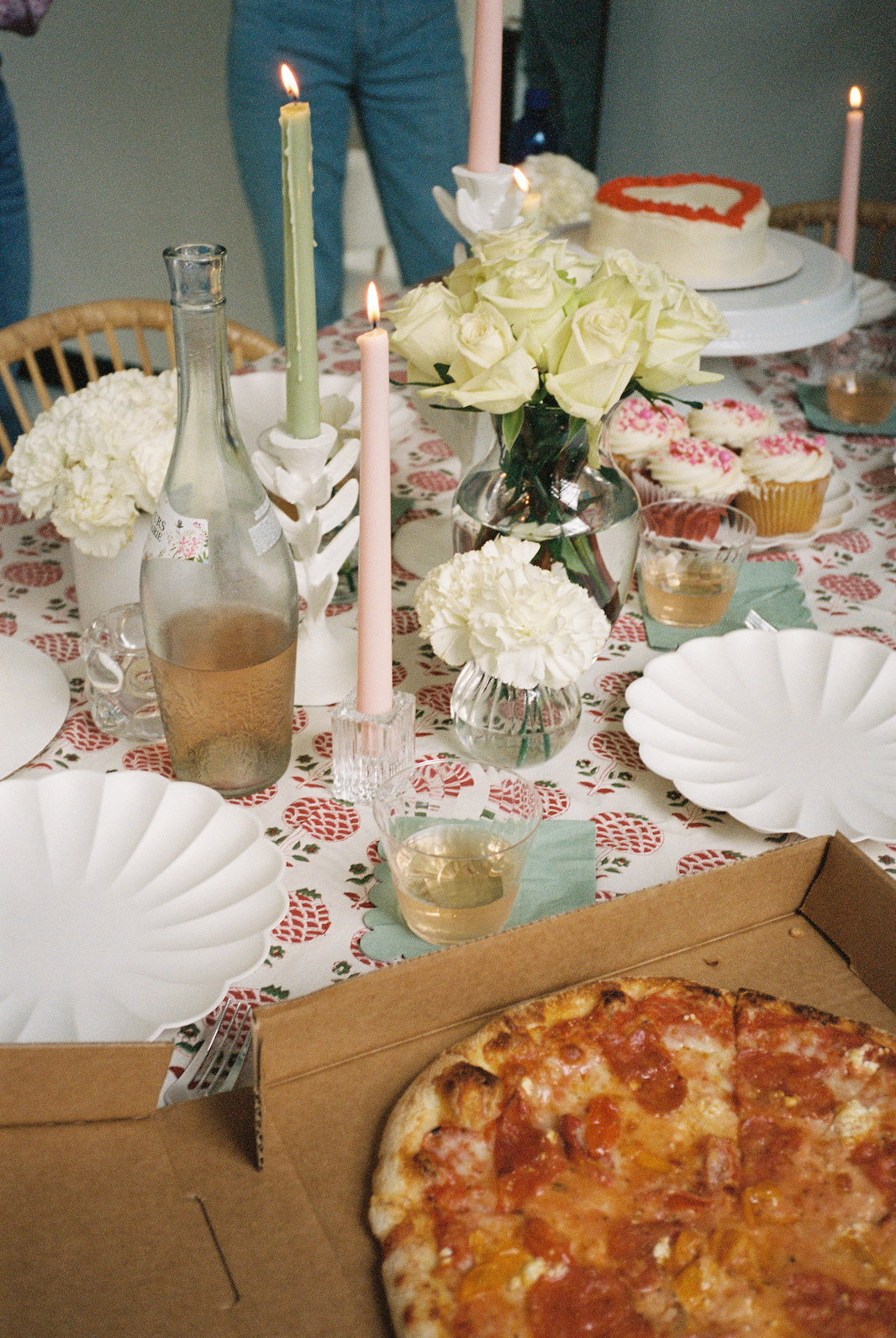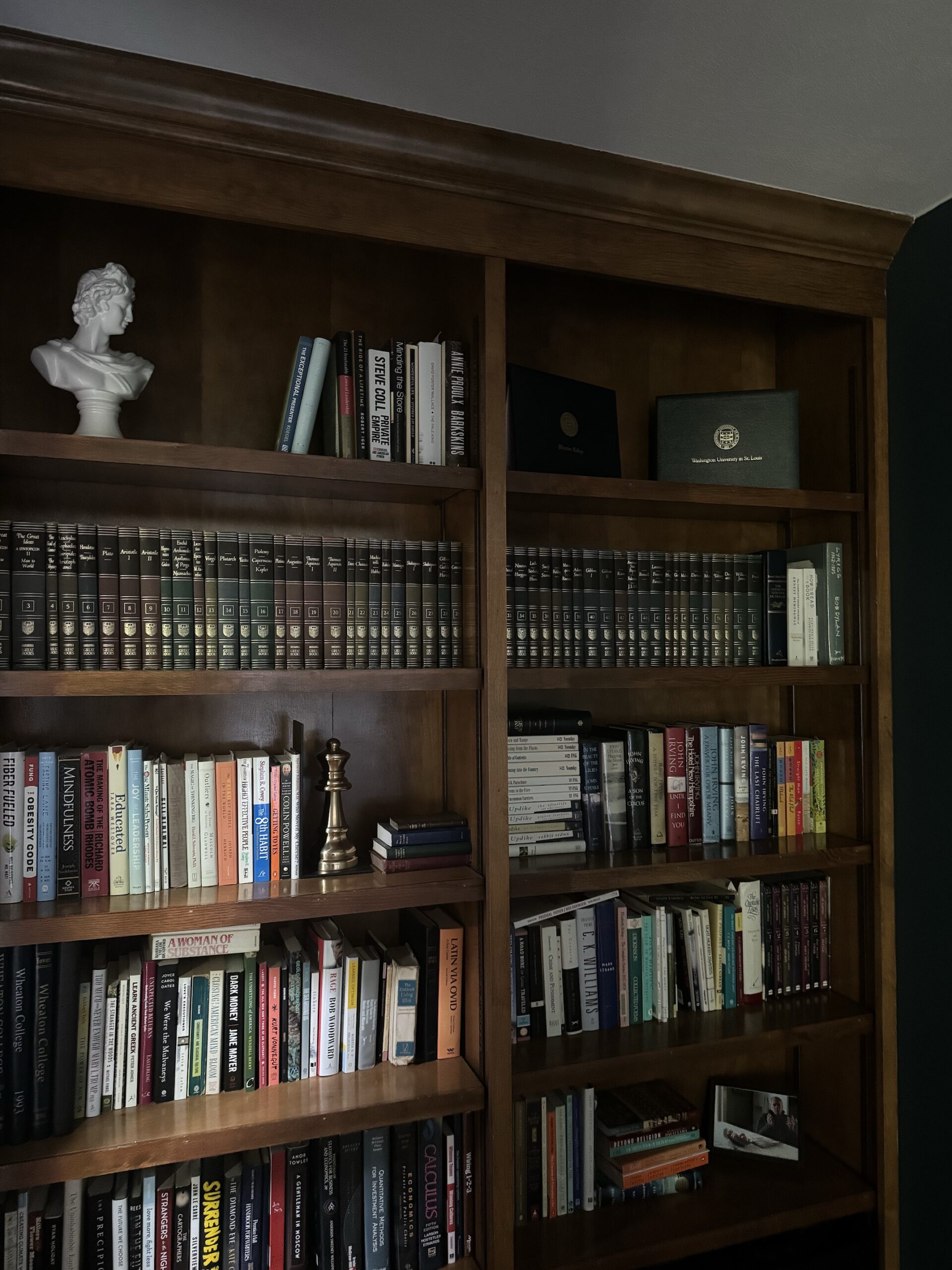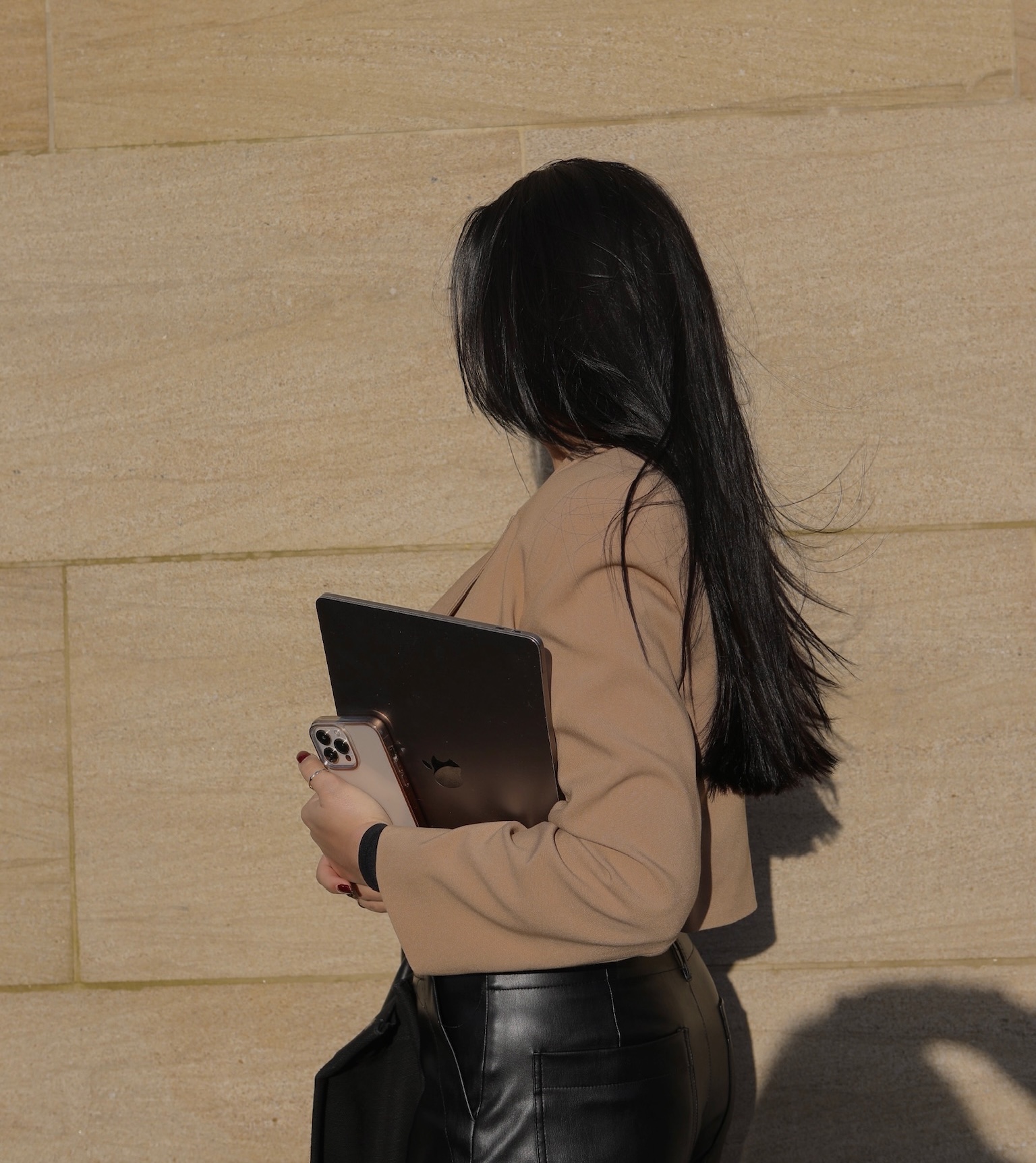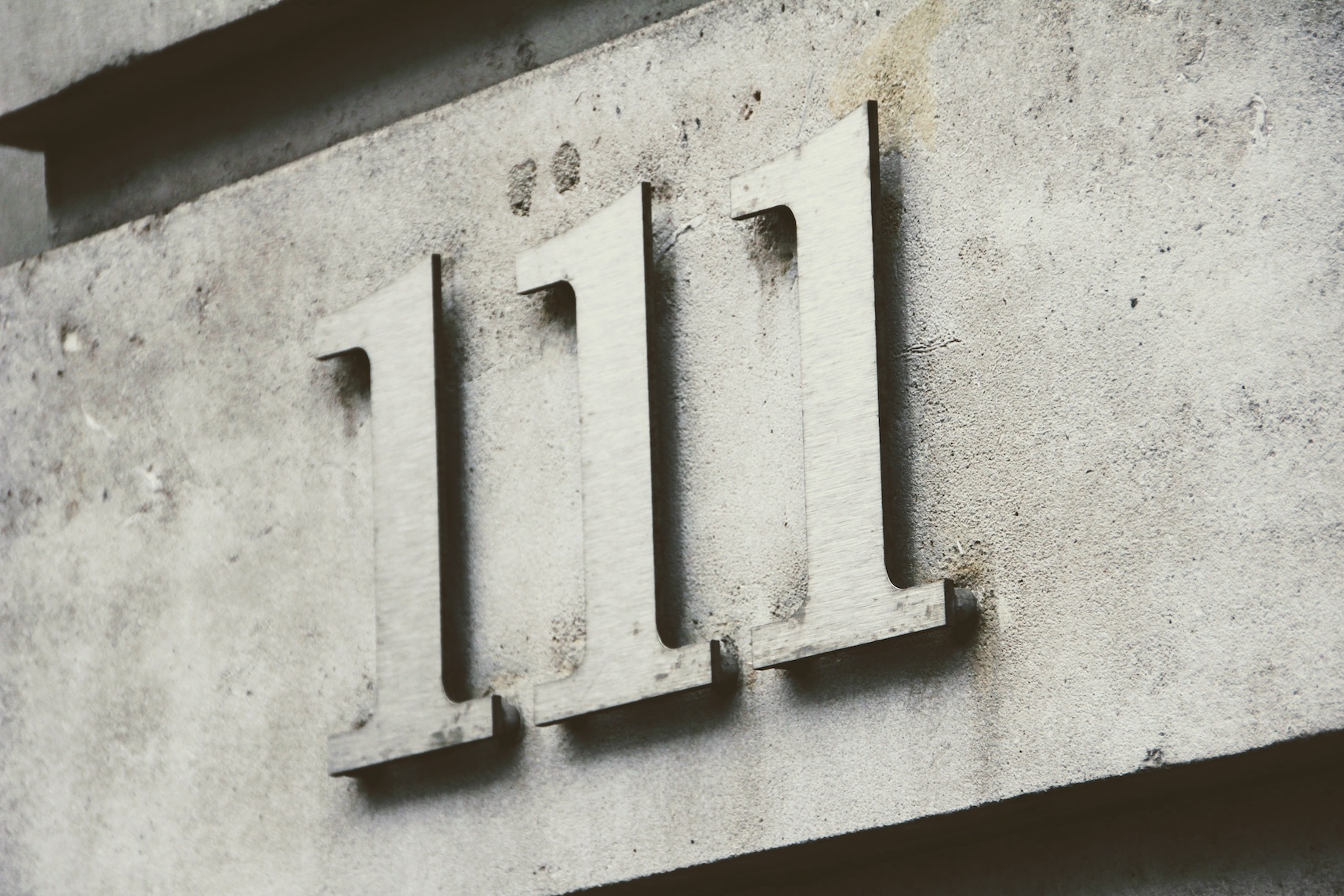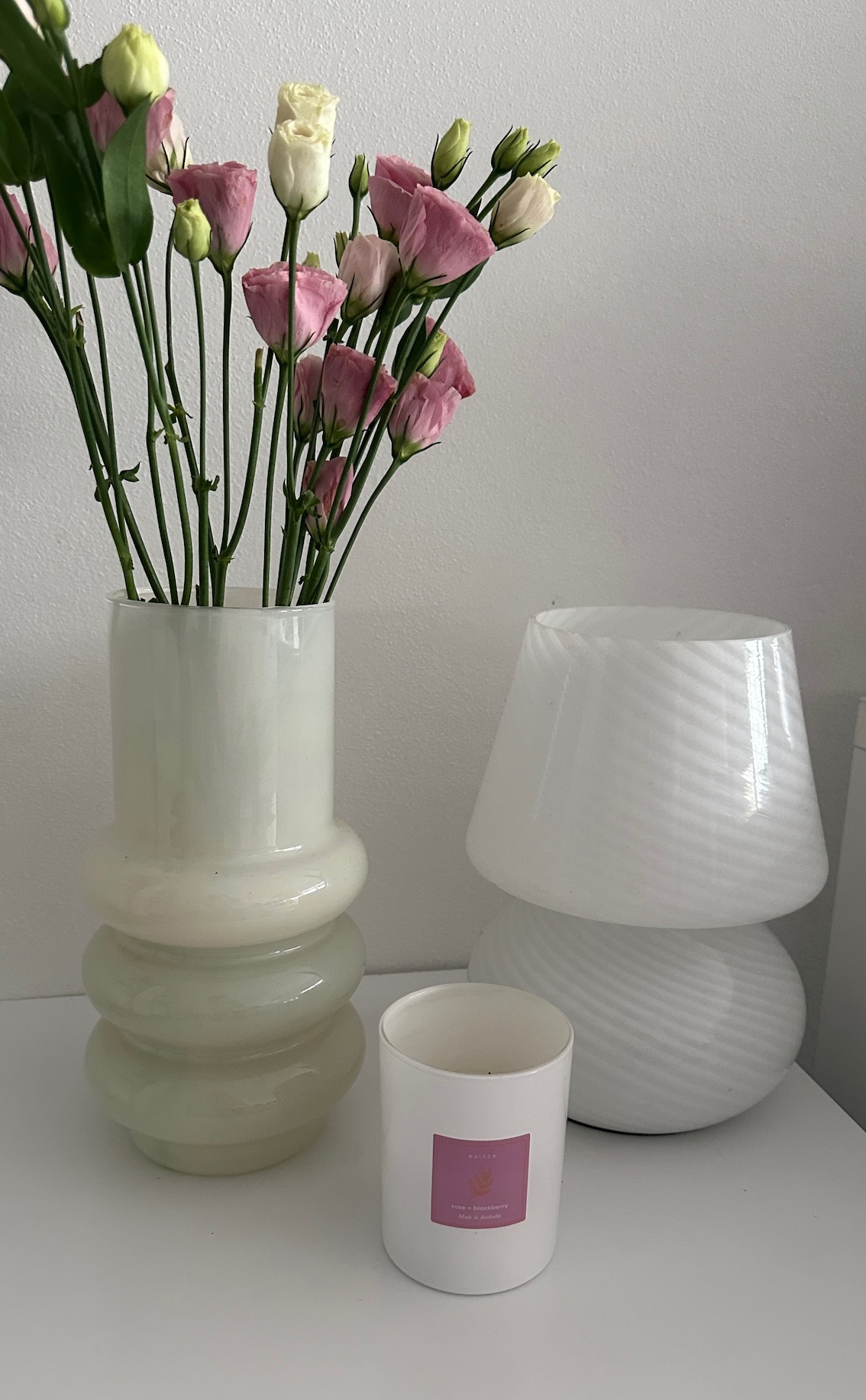Feng Shui, an ancient Chinese art, and the modern minimalist movement might seem like distant concepts at first glance. However, when you dive deeper, you’ll find they share a common goal: to create harmonious, peaceful, and functional living spaces.
The principles of Feng Shui can be seamlessly integrated into minimalist living, creating environments that are not only aesthetically pleasing but also conducive to wellbeing and balance.
Understanding Feng Shui Basics
Feng Shui, dating back over thousands of years, is more than just a design philosophy; it’s a way of understanding and interacting with the environment. Feng Shui is about the flow of Chi, or energy, and how our surroundings can affect this flow. The balance of Yin and Yang, along with the interplay of the Five Elements (wood, fire, earth, metal, and water), are fundamental to creating equilibrium in any space.
A crucial tool in Feng Shui is the Bagua map. This octagonal grid serves as a guide for arranging spaces, correlating different areas of your home with aspects of your life, like health, wealth, and relationships. Properly applying the Bagua map can significantly influence the energy flow in your living space.
The Minimalist Philosophy
Minimalism, a lifestyle choice gaining popularity, revolves around the idea of ‘less is more.’ It’s about stripping away the non-essential, leaving room for what truly matters. This philosophy extends beyond physical possessions to include relationships, activities, and mindsets.
Embracing minimalism often leads to a clearer mind, reduced stress, and increased focus. It’s about creating space that allows for personal growth and wellbeing. By eliminating clutter and distractions, minimalism helps create a serene and purposeful environment.
The Intersection of Feng Shui and Minimalism
Feng Shui and minimalism, though originating from different cultures and times, converge in their pursuit of balance and simplicity. Minimalist design, with its emphasis on clean lines and uncluttered spaces, naturally complements the Feng Shui principles of harmonious energy flow.
Incorporating Feng Shui into a minimalist home involves thoughtful consideration of space, color, and material. It’s about choosing items that not only serve a purpose but also contribute to the overall energy and balance of the space.
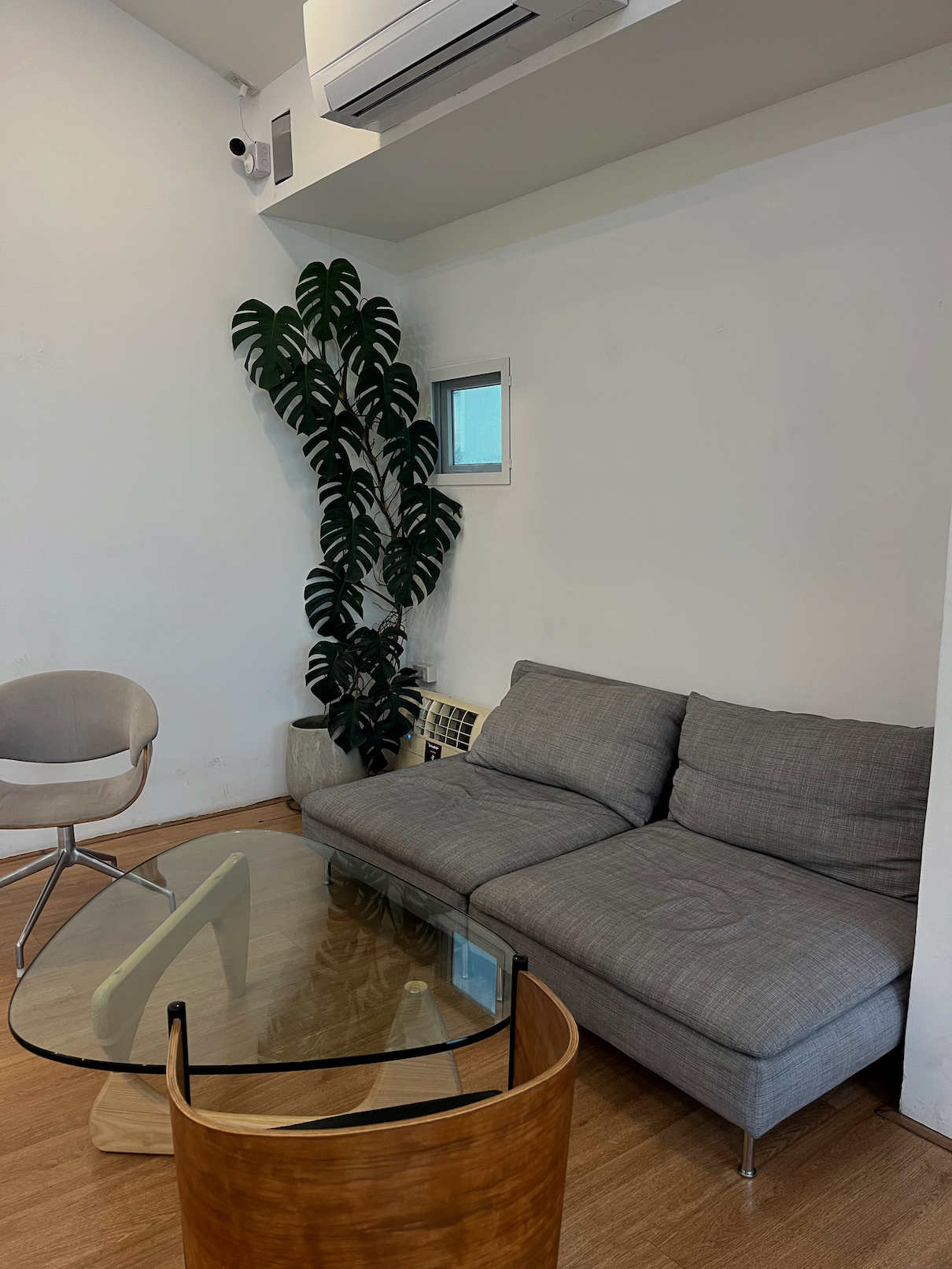
Feng Shui Tips for a Minimalist Home
The first step in combining Feng Shui with minimalism is decluttering. But it’s not just about getting rid of things; it’s about choosing items that bring joy and align with your energy. This process creates a space that’s both visually appealing and energetically balanced.
The placement of furniture is pivotal in Feng Shui. In a minimalist home, it’s essential to choose furniture that serves multiple purposes and promotes an open, airy feel. The arrangement should encourage a smooth flow of energy, avoiding blockages and creating a sense of openness.
Personal Wellbeing and Space Harmony
A home designed with Feng Shui and minimalism in mind does more than just look good; it can profoundly impact your wellbeing. This environment promotes a sense of peace and clarity, aiding in stress reduction and overall mental health.
Your home should be a reflection of your inner self and aspirations. By aligning your living space with your personal goals and energy, you create an environment that supports and nurtures your journey.
Incorporating daily routines and habits that uphold the principles of Feng Shui and minimalism is key to maintaining harmony in your home. Regular decluttering, mindful arrangement of space, and an appreciation for simplicity help keep your living space in balance.
Combining Feng Shui with a minimalist lifestyle offers a unique approach to creating living spaces that are not only aesthetically pleasing but also nurturing to the soul. By understanding and applying the principles of both philosophies, you can transform your home into a sanctuary.


